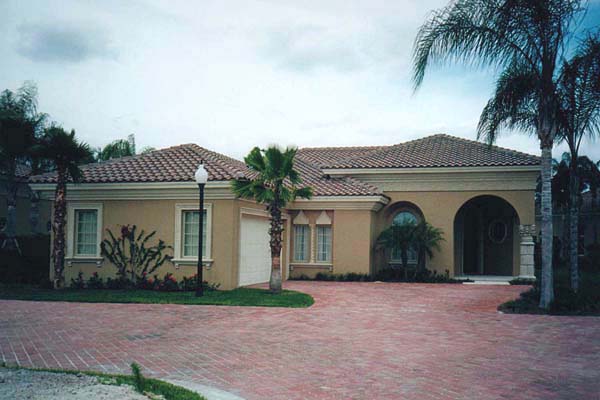PRAIRIE HOUSE
Exploring the Prairie House: A Testament to Architectural Innovation
The Prairie House, an architectural gem that emerged in the early twentieth century, stands as a testament to innovation in residential design. Characterized by a distinctive long, low roofline, a continuous row of windows, and an unornamented exterior, this architectural style sought to redefine the conventional notion of a house as a mere collection of subdivided spaces. Instead, it aimed to harmonize with the natural landscape and cater to the holistic needs of its inhabitants.
Origins and Architectural Development
The credit for the development of Prairie House architecture is often attributed to the renowned American architect Frank Lloyd Wright. Drawing inspiration from the expansive landscapes of the American Midwest, Wright envisioned a dwelling that seamlessly integrated with its surroundings while providing a sense of openness and connection to nature. This departure from the prevalent architectural norms of the time marked a paradigm shift in residential design.
Key Features and Design Philosophy
Horizontal Emphasis
One of the defining characteristics of the Prairie House is its emphasis on horizontal lines, which contributes to its low, sprawling profile. This design element sought to evoke a sense of stability and integration with the earth, reflecting a departure from the verticality often associated with traditional architectural styles.
Integration with Nature
Prairie Houses were envisioned as extensions of the natural environment, with an emphasis on blending indoor and outdoor spaces. The abundant use of windows not only facilitated an influx of natural light but also fostered a seamless connection to the surrounding landscape, promoting a sense of tranquility and unity with nature.
Open Floor Plans
Open Floor Plans
In contrast to the compartmentalized layout of traditional homes, Prairie Houses embraced open floor plans that aimed to create a sense of spaciousness and continuity within the living spaces. This design philosophy sought to cater to the psychological well-being of the inhabitants by fostering a harmonious flow and eliminating the confinement often associated with segmented room structures.
Contemporary Relevance
Despite its early twentieth-century origins, the Prairie House continues to influence contemporary architectural trends, with its focus on unity with nature, open living spaces, and a horizontal emphasis resonating with modern homeowners and architects. The enduring legacy of Prairie House architecture serves as a testament to its timeless appeal and its ability to transcend temporal boundaries.
In conclusion, the Prairie House stands as an architectural marvel that defied conventions and redefined the concept of residential living. Its visionary design principles, credited to Frank Lloyd Wright, continue to inspire architects and captivate homeowners, underscoring its enduring relevance in the realm of real estate and architectural innovation.
MORE REAL ESTATE TERMS
A, B, C, D, E, F, G, H, I, J, K, L, M, N, O, P, Q, R, S, T, U, V, W, X, Y, Z
Featured New Home

Featured Mortgage Brokers
- CARLILE PROPERTIES, SACRAMENTO, CA
1009 22ND STREET, 3A
SACRAMENTO, CA 95816 - Ross Mortgage Corporation, mortgage broker in Royal Oak, MI
27862 Woodward Avenue
Royal Oak, MI 48067 - NEW DAY FINANCIAL LLC, FULTON, MD
8171 MAPLE LAWN BLVD STE 300
FULTON, MD 20759 - LEADER ONE FINANCIAL CORPORATION, OVERLAND PARK, KS
11020 KING ST STE 390
OVERLAND PARK, KS 66210 - PINNACLE CAPITAL MORTGAGE CORPORATION, BELLEVUE, WA
2800 NORTHUP WAY STE 220
BELLEVUE, WA 98004